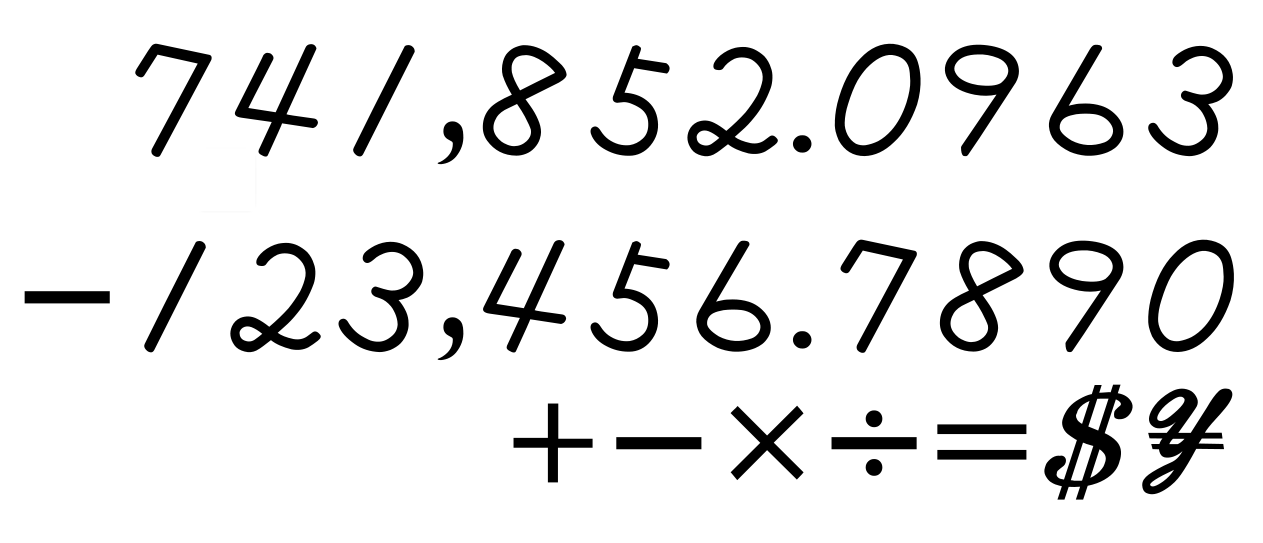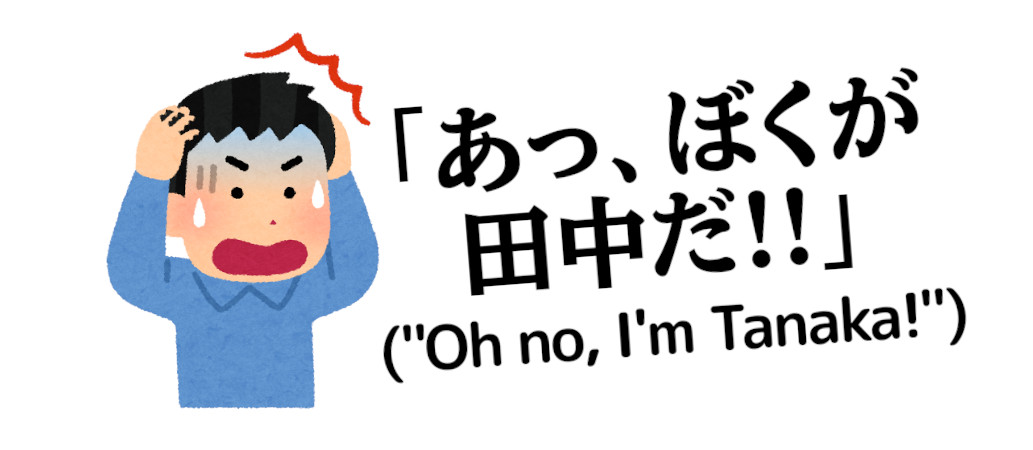How to Set Up a Completely Private Instance of SearXNG-Docker
A few months ago, I set up my own local SearXNG docker image and it’s honestly been one of the best decisions I’ve ever made for my machine. It’s a way to add a layer of privacy between you and all of the search engines you use. Not only can you avoid having a profile of you get built by companies who sell your data, but I find SearXNG also gives you a better user experience because it aggregat... Read more
Youtube Addiction
I have a problem with youtube. I watch so much of it and I rarely feel like what I’m watching is fulfilling. Sometimes I find myself in the middle of a video essay on a subject I don’t care about, or an educational video teaching something which I’m certain I won’t remember tomorrow. Why did I even click on this in the first place? What made me think that this would be a good use of my time? Y... Read more
珠算数字フォント | Abacus Number Font
珠算で使われている数字に模したフォントを配布します。 伊藤そろばん教室 の”abacus2”をベースにして作りました。 自由に使ってくださいね! This number font is designed to look like the one used in abacus math exams in Japan. It is adapted from “abacus2” by 伊藤そろばん教室. Sample: 86,155268,547-91,233-905,31925,661301,887933,469-75,994 543,173 .ttf のダウンロードはこちら!Download the .ttf here! (284.0 KiB) Read more
Glossary of Pronunciations of Botanical Terms
This is a collection of pronunciations of that are most canonically correct according to the principles of the traditional English pronunciation of Latin. This pronunciation system survives to this day in the way we say many words derived from Latin. For example, “error,” “area,” “cicada,” “martyr,” “species,” and “genius.” Species epithets will be given in the feminine form by default. Pro... Read more
Wa and Ga Addendum - Atypical Noun Sentences
← 7. Other Usages and More は Structures Since writing A Guide to Wa and Ga, I’ve come to realize that some usages of が are difficult to explain with the typology given by Noda (野田 1996). Technically, his sentence typology covers most of the sentences I will explain in this chapter, but they function distinctly from typical sentences you will see in Noda’s categories, so I believe they ... Read more


